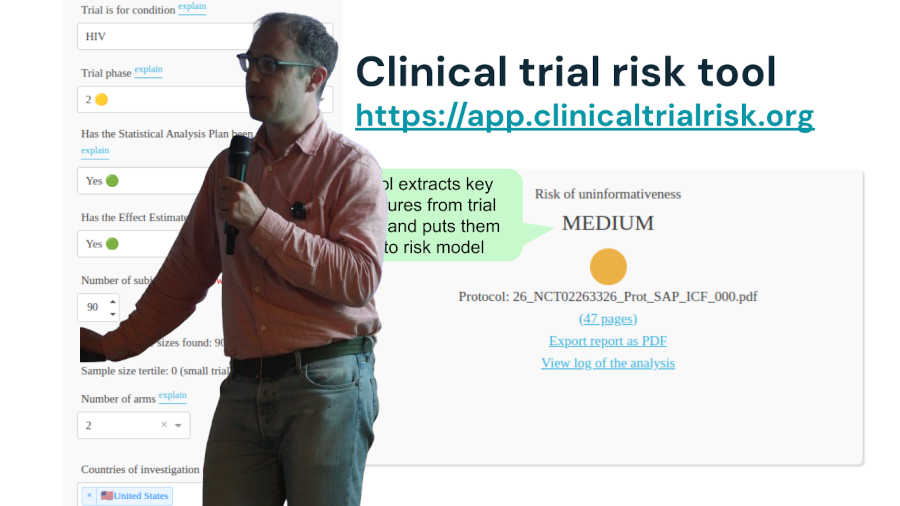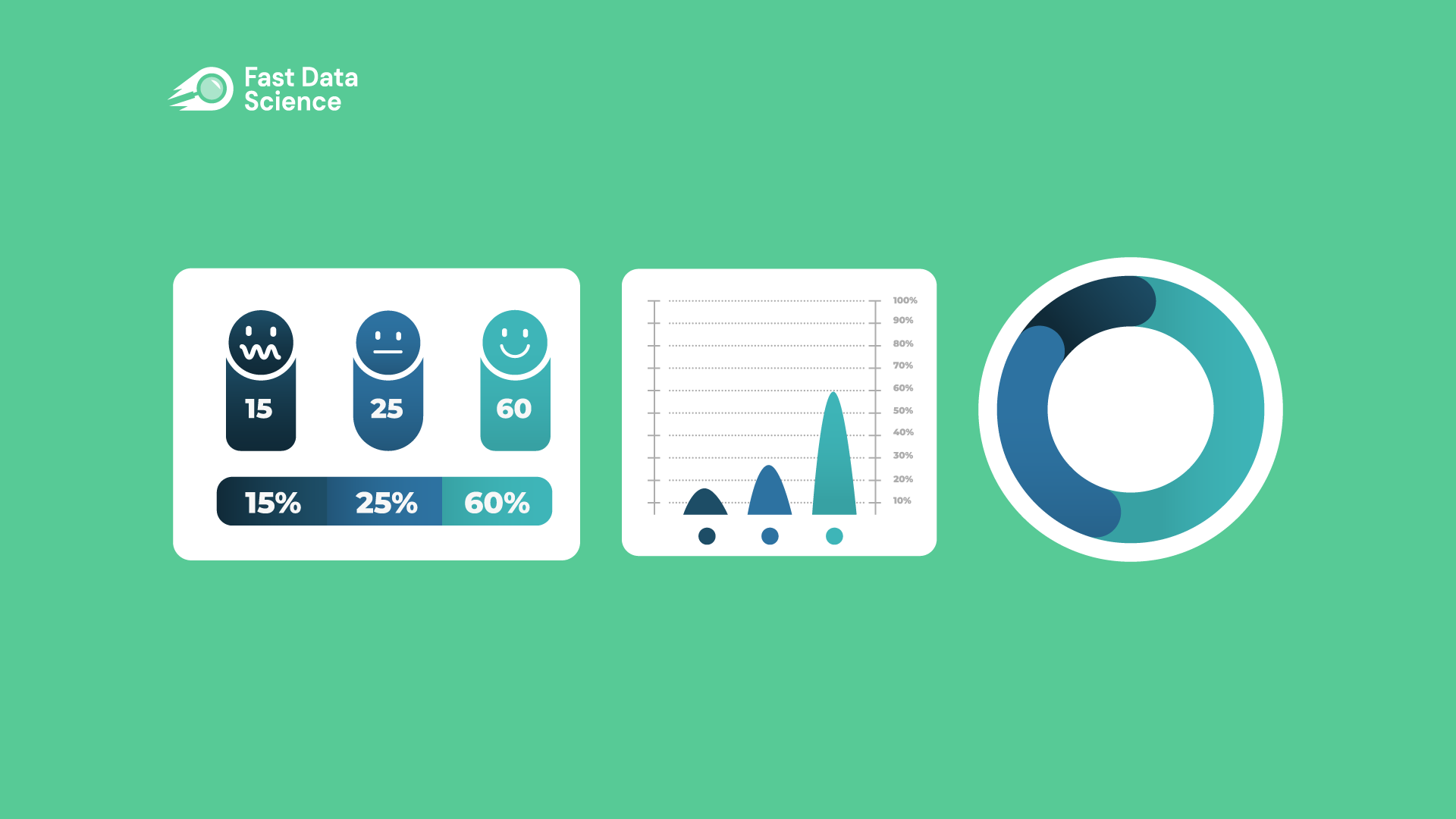
This post originally appeared on Fast Data Science’s blog on LinkedIn. Clinical research can be better understood through two primary perspectives: the anatomy and physiology of a study. These themes help researchers design and conduct efficient and valid studies. Anatomy of Research: The Study Plan The anatomy of research encompasses the tangible elements of a study plan. A protocol lays out these elements, serving as a detailed blueprint for the study.

This post originally appeared on Fast Data Science’s blog on LinkedIn. Why Effective Planning is the Cornerstone of Trial Success In clinical trials, success hinges on detailed and accurate planning. Unexpected risks and costs can derail even the most promising studies, leading to delays, budget overruns, and compromised results. This is where AI-driven solutions are making a difference. The Clinical Trial Risk Tool simplifies risk assessment and cost estimation, ensuring you avoid potential pitfalls.

Clinical trial designs vary considerably, impacting study execution, patient recruitment, endpoints, and treatment delivery. Here’s a brief summary of some common designs: First-In-Human (FIH) Studies These are the initial human trials for a new drug, procedure, or treatment, focusing primarily on safety. Cohort Studies These observational studies follow a group of individuals over an extended period to assess risk factors associated with developing specific conditions. Case-Control Studies These studies compare individuals with a particular disease or condition (cases) to similar individuals without the disease (controls) to identify potential risk factors.

This post originally appeared on Fast Data Science’s blog on LinkedIn. The Growing Role of AI in Clinical Trials Clinical trials are vital for advancing medicine, but managing them efficiently is a constant challenge. Traditional methods for assessing risks and estimating costs often miss the mark, leading to delays and unexpected expenses. This is where Artificial Intelligence (AI) and Natural Language Processing (NLP) come into play, offering smarter, data-driven solutions to streamline trial planning and management.

This post originally appeared on Fast Data Science’s blog on LinkedIn. Budgeting is one of the most critical steps when planning a clinical trial. Clinical trials are complex, multi-phase studies that require significant resources, and understanding the costs associated with each phase is crucial for an accurate clinical trial budget. In this post, we’ll explore the different phases of clinical trials and the key factors that influence their costs, providing insights into how to prepare a comprehensive budget that aligns with your trial’s needs.

This post originally appeared on Fast Data Science’s blog on LinkedIn. Budgeting is one of the most critical steps when planning a clinical trial. Clinical trials are complex, multi-phase studies that require significant resources, and understanding the costs associated with each phase is crucial for an accurate clinical trial budget. In this post, we’ll explore the different phases of clinical trials and the key factors that influence their costs, providing insights into how to prepare a comprehensive budget that aligns with your trial’s needs.

The Clinical Trial Risk Tool has been featured in a guest column in Clinical Leader, titled A Tool To Tackle The Risk Of Uninformative Trials, in cooperation with Abby Proch, Executive Editor at Clinical Leader. In the article, Thomas Wood of Fast Data Science highlights the problem of “uninformative” clinical trials – those that don’t provide meaningful results, even if the drug being tested is effective or ineffective. He distinguishes these from simply “failed” trials and emphasises the ethical and financial waste they represent.

On 8 October, Thomas Wood of Fast Data Science presented the Clinical Trial Risk Tool, along with the Harmony project, at the AI and Deep Learning for Enterprise (AI|DL) meetup sponsored by Daemon. You can now watch the recording of the live stream on AI|DL’s YouTube channel below: The Clinical Trial Risk Tool leverages natural language processing to identify risk factors in clinical trial protocols. The Clinical Trial Risk Tool is online at https://clinicaltrialrisk.

Shining a Light on Clinical Trial Risk: Exploring Clinical Trial Protocol Analysis Software Clinical trials are the backbone of medical progress, but navigating their design and execution can be complex. Fast Data Science is dedicated to helping researchers by analysing clinical trial protocols through the power of Natural Language Processing (NLP). We are presenting a selection of software which can be used for clinical trial protocol analysis or clinical trial cost prediction, forecasting, and risk assessment.

Understand your clinical trial costs Are your clinical trials risky? Are costs running away? It’s very tricky to estimate clinical trial costs before a trial is run. Try our free clinical trial cost calculator. This is a regression model for clinical trial cost breakdowns, trained on real clinical trial data. Trial is for condition HIV Tuberculosis COVID Influenza Malaria Enteric and diarrheal diseases Neglected tropical diseases Polio Diabetes Pneumonia Hypertension (see full product) Motor neurone disease (see full product) Multiple sclerosis (see full product) Obesity (see full product) Sickle cell anemia (see full product) Stroke (see full product) Cystic fibrosis (see full product) Cancer (see full product) Other (see full product) Phase Early Phase 1 1 1.